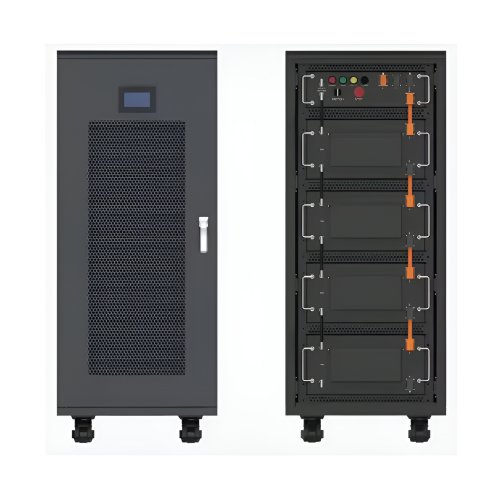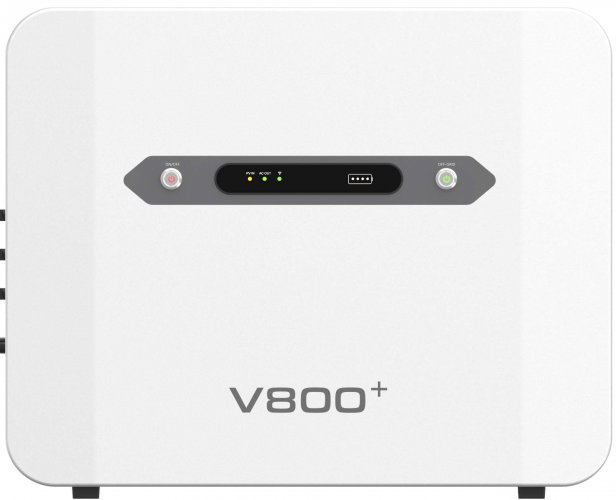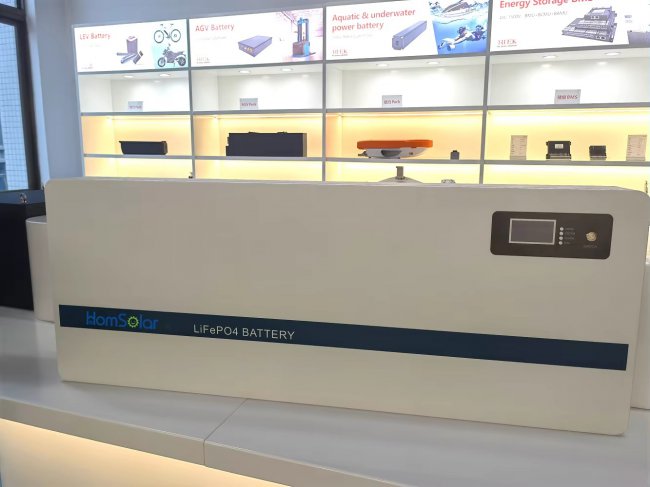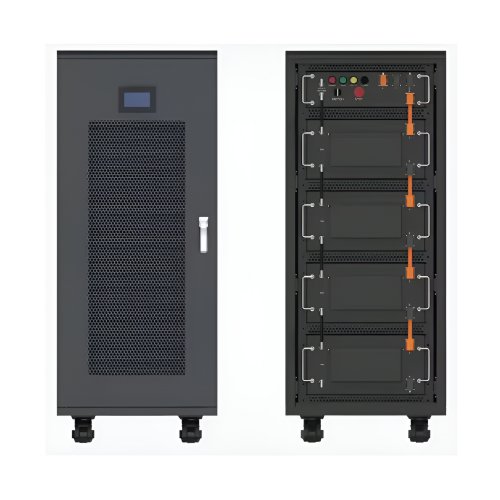How To Use Depth Of Discharge (dod): A Practical Guide To Maximizing Battery Life And Performance
Depth of Discharge (DOD) is a fundamental concept for anyone who uses rechargeable batteries, from smartphones and laptops to electric vehicles and large-scale solar energy storage systems. Expressed as a percentage, DOD indicates how much of a battery's total capacity has been used. For instance, a 100 kWh battery with 30 kWh consumed has a 30% DOD. Understanding and actively managing DOD is not just a technical detail; it is the single most effective way to prolong battery lifespan, ensure reliability, and optimize performance. This guide provides a comprehensive, step-by-step approach to using DOD principles in real-world applications.
The most critical rule to remember is: a lower average Depth of Discharge significantly extends a battery's cycle life.
Battery manufacturers provide cycle life charts that vividly illustrate this relationship. A lithium-ion battery cycled to 100% DOD might be rated for only 500-1,000 cycles before its capacity degrades significantly. However, if that same battery is cycled only to 50% DOD, its cycle life can increase to 1,500-2,500 cycles or more. Each deep discharge stresses the battery's internal chemistry, causing gradual degradation of the electrodes and electrolyte. By minimizing this stress through partial discharges, you dramatically slow down the aging process.
Step 1: Identify Your Battery Chemistry First, determine the type of battery you are using. Different chemistries have different DOD tolerances.Lithium-ion (Li-ion, NMC, LFP): Modern Li-ion batteries, particularly Lithium Iron Phosphate (LFP), can handle deeper discharges (80-90%) but will still see major lifespan benefits from shallower cycles (50-80%).Lead-Acid (Flooded, AGM, Gel): These are much more sensitive to deep discharges. Regularly discharging below 50% DOD can severely shorten their life. It's best to keep them above 70% State of Charge (SOC), meaning a 30% DOD.
Step 2: Consult the Manufacturer's Specifications Before implementing any strategy, find the technical datasheet for your specific battery model. Look for two key pieces of information: 1. Cycle Life Chart: This graph shows the number of charge/discharge cycles you can expect at various DOD levels. 2. Recommended DOD: The manufacturer often states a recommended maximum DOD for optimal cycle life.
Step 3: Define Your Application's Priority Your usage dictates the optimal DOD strategy.Priority: Maximum Lifespan (e.g., solar storage, backup power): Your goal is to minimize degradation. Set a conservative maximum DOD. For a lead-acid system, never exceed 50% DOD. For Li-ion, aim for an average of 50-70% DOD.Priority: Maximum Runtime (e.g., an EV on a long trip, a drone): You need to use more of the available capacity. It's acceptable to discharge to a higher DOD (e.g., 80-90% for Li-ion) when necessary, but understand that this will contribute to faster degradation over time.Priority: Balance (Most common use cases): Find a middle ground. For a smartphone or laptop, avoid the stress of consistently draining it to 0%. Instead, plug it in when it drops to 20-30%.
Step 4: Implement Control Settings Most modern devices and battery management systems (BMS) allow you to set parameters that control DOD.For Solar Inverters/Energy Storage: Access the system settings to define your desired depth of discharge. You can set the inverter to stop discharging the batteries once they hit a predefined SOC (e.g., 50%), thus limiting the DOD to 50%.For Electric Vehicles: Many EVs offer a "daily use" or "charge limit" mode, suggesting you charge to only 80-90% for regular driving. This implicitly manages DOD by keeping a buffer at the top, which also helps, but the same logic applies to the discharge floor.For Consumer Electronics: While not always user-configurable, being aware of DOD allows you to adopt better habits. Use features like "Optimized Battery Charging" (on Apple devices) or "Battery Care" (on Sony devices) that use algorithms to reduce stress.
1. Avoid the Extremes: The most damaging zones are at the very top (100% SOC) and very bottom (0% SOC, or 100% DOD) of a battery's capacity. The sweet spot for longevity is often between 20% and 80% SOC. Try to keep your battery in this middle range as much as possible. 2. Partial Cycles are Beneficial: There is no need to perform a full 0-100% cycle to "calibrate" modern lithium-ion batteries. Frequent partial discharges and top-ups are actually less stressful than full, deep cycles. 3. Calibration is Occasional: If your device's battery percentage indicator becomes inaccurate, a full calibration (draining to 0% and then charging to 100%) might be needed once every few months. This is the exception, not the rule, for daily operation. 4. Temperature Matters: High temperatures accelerate chemical degradation. A battery cycled to 80% DOD in a hot environment may degrade faster than one cycled to the same DOD in a cool environment. Always keep batteries within their recommended temperature range.
Capacity Fade is Inevitable: All batteries lose capacity over time and with use. Proper DOD management doesn't stop this process; it significantly slows it down.Don't Confuse DOD with SOC: Depth of Discharge (DOD) and State of Charge (SOC) are complementary. SOC 100% = DOD 0%, and SOC 20% = DOD 80%. Ensure you know which metric your system is displaying.Lead-Acid Requires Equalization: If you are using flooded lead-acid batteries, periodic equalization charges (a controlled overcharge) are necessary to prevent sulfation, even with good DOD management. This does not apply to sealed or lithium-based batteries.Safety First: Never attempt to modify a battery's internal BMS or wiring to alter its DOD parameters. Always use the settings provided in the user-accessible system controls.By integrating Depth of Discharge management into your routine, you transition from being a passive user to an informed operator. This knowledge empowers you to make conscious trade-offs between performance and longevity, ultimately saving money, reducing waste, and ensuring your energy storage systems are there when you need them most.
Customized/OEM/ODM Service
HomSolar Supports Lifepo4 battery pack customization/OEM/ODM service, welcome to contact us and tell us your needs.


HomSolar: Your One-stop LiFePO4 Battery Pack & ESS Solution Manufacturer
Our line of LiFePO4 (LFP) batteries offer a solution to demanding applications that require a lighter weight, longer life, and higher capacity battery. Features include advanced battery management systems (BMS), Bluetooth® communication and active intelligent monitoring.

Customised Lithium Iron Phosphate Battery Casing
ABS plastic housing, aluminium housing, stainless steel housing and iron housing are available, and can also be designed and customised according to your needs.

HomSolar Smart BMS
Intelligent Battery Management System for HomSolar Energy Storage System. Bluetooth, temperature sensor, LCD display, CAN interface, UART interface also available.


Terminals & Plugs Can Be Customized
A wide range of terminals and plugs can be customised to suit the application needs of your battery products.

Well-designed Solutions for Energy Storage Systems
We will design the perfect energy storage system solution according to your needs, so that you can easily solve the specific industry applications of battery products.



About Our Battery Cells
Our energy storage system products use brand new grade A LiFePO4 cells with a battery lifespan of more than 4,000 charge/discharge cycles.



Applications in Different Industries
We supply customized & OEM battery pack, assemble cells with wiring, fuse and plastic cover, all the cell wires connected to PCB plug or built BMS.
Applications: E-bike, Electric Scooter, Golf Carts, RV, Electric Wheelchair, Electric Tools, Robot Cleaner, Robot Sweeper, Solar Energy Storage System, Emergency Light, Solar Power Light, Medical Equipment, UPS Backup Power Supply.
We can provide you with customized services. We have the ability to provide a vertical supply chain, from single cells to pack/module and to a complete power solution with BMS, etc.


HomSolar (Shenzhen) Technology Co., Ltd
























